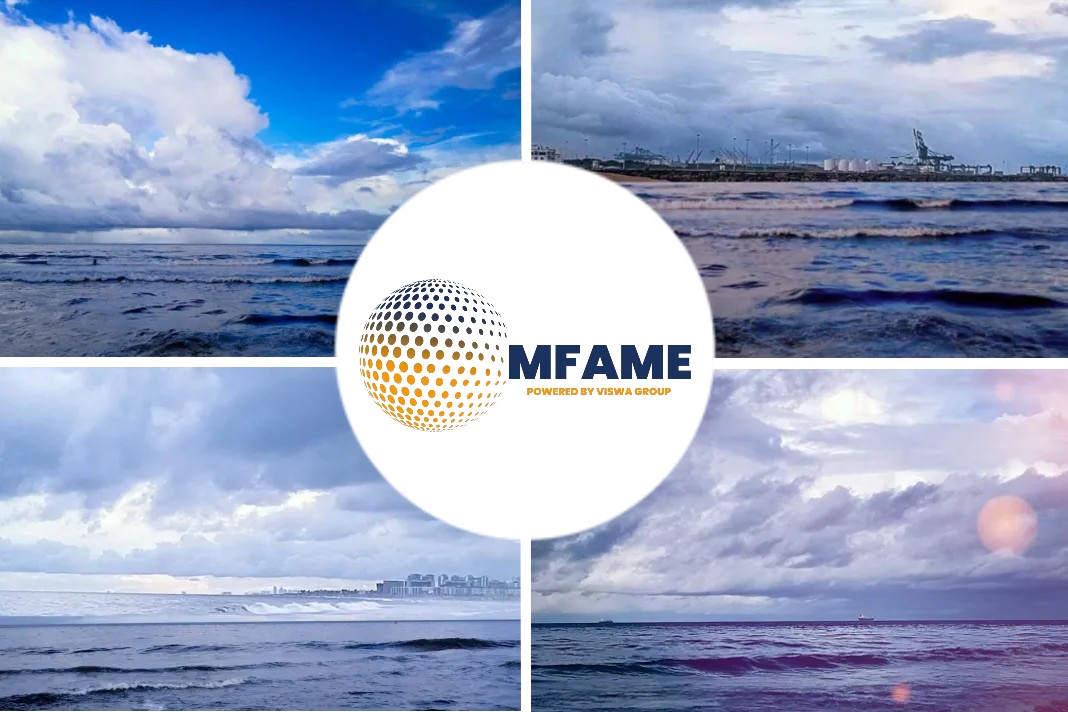The Port of Rotterdam’s Cees Boon has showcased an LNG bunkering audit tool developed by the IAPH Clean Marine Fuels Working Group for port authorities at the LNG Ship/Shore Conference in London.
LNG bunkering ops on a rise
The LNG bunkering audit tool developed by the IAPH Clean Marine Fuels Working Group for port authorities was launched at the LNG Ship/Shore Conference in London.
Cees Boon, Senior Policy Advisor at the Harbourmaster Policy Department of the Port of Rotterdam said, “By 2020, our estimate is that we will have granted nine licenses to LNG bunker providers to operate at the Port of Rotterdam; six of the licenses are already for regular use in port LNG bunker operations to refuel LNG-powered cruise, cargo, tanker and container vessels. Three licenses will be for bunker vessels that will operate on the spot market. By using best practice guidelines in the IAPH audit tool developed by ports for port authorities, licenses to operate can be efficiently assessed and granted to professional LNG bunker operators looking to provide their services across several ports”.
LNG terminal infrastructure
Mr. Boon was speaking at the Riviera Maritime LNG Ship/Shore Conference in London, at the session on new developments in LNG terminal infrastructure. Cees is also a member of the IAPH Clean Marine Fuels Working Group which put together the audit tool with the support of the industry. This includes an oil major, a key operator, a classification society, LNG bunker owner-operators and some of the world’s largest port authorities.
120 LNG fuel-enabled newbuilds under construction
During the conference session, Dunkerque LNG provided an overview of their port infrastructure to meet up to 13 BCM (billion cubic meters) of LNG import demand into France and Belgium as well as providing full LNG ship bunkering operations. Whilst most of the world’s 118 LNG-powered vessels currently operate in the Baltic Sea, Dunkerque LNG’s Cécile Grégoire-David predicted that the majority of the world’s 128 LNG fuel-enabled newbuilds currently on order would call at European destinations.
EU funded Green Loop
This move could translate into a future potential of up to 50 LNG bunker operations per year at the port of Dunkirk by 2025. She also highlighted the EU-funded ‘Green Loop’ program in which Dunkerque LNG aims to participate with TOTAL in LNG bunkering operations together with vessel owner MOL to serve the fleet of newbuild CMA-CGM dual-fuel Ultra-Large Container Vessels currently under construction for delivery between 2018 and 2020.
STS LNG bunkering
Following the Dunkerque LNG presentation, Cees Boon, who is safety advisor at the Port of Rotterdam Authority, gave an overview on LNG onshore and ship-to-ship bunkering facilities which have been licensed and already operational. He also explained the entire procedure for licensing and how LNG ship-to-ship bunkering during simultaneous operations (“SIMOPS”) is possible & permitted alongside terminals at the Port of Rotterdam as long as it is safe and controlled.
By following a systematic and highly detailed process of checks on both LNG bunkering vessels and the operator, the IAPH Audit tool was found to be a very useful and efficient way of pre-qualifying an applicant before entering into the full process of HAZID/HAZOP risk assessment, location, mooring, simultaneous operations and external risk assessments.
Integration of Safety Management Systems
Cees commented, “We found that by having operators answer a detailed list of questions from the IAPH audit tool, we could offer concrete observations as constructive feedback as to how they measured up to industry best practices at an early stage. This also allows operators and vessel owners to build these into their safety management systems prior to the main nautical and external safety studies taking place on location.”
He added, “Once a license has been granted to a bunker operator and vessel owner, the result of the IAPH LNG audit tool can also be shared with other port authorities receiving applications from the same parties. With the previous example in this afternoon’s session, the IAPH tool could, in theory, be used to assess the same operator and LNG bunker vessel owner across several ports”.
Did you subscribe for our daily newsletter?
It’s Free! Click here to Subscribe!
Source: WPSP



















